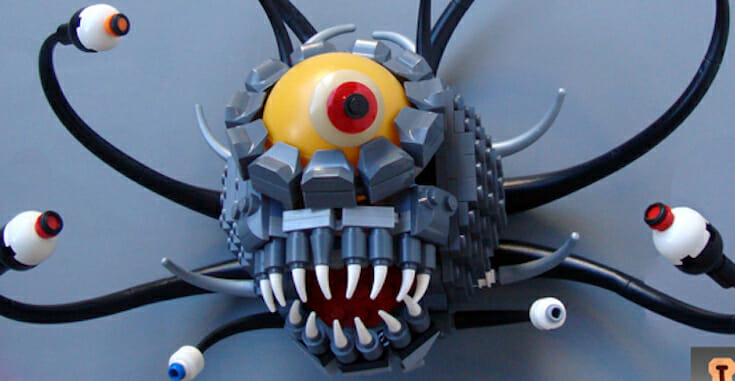I don’t know about you, but I hate disappointing people. Authors have something to say, a message to get out, or a story that has to be told. They may have products to sell, too, but it’s no small thing to put your name on a book and send it out into the world.
Publishing promises to fulfill the goals we have for our books. But it’s no fun sitting across from an author and listening to her describe the book she dreams of publishing, only to realize that she’s stumbled into one of the biggest traps for self-publishers.
What’s that trap? Trying to create an “impossible” book.
I know you’re wondering exactly what I mean by an “impossible” book, and I’ll get to that in a moment.
It seems like new technologies really make our imagination light up, often with fantastic ideas of how we can use these technologies to create great books.
But sometimes the ideas we come up with are actual fantasies, and that’s not so good.
These days we can create books lots of ways:
- Print books at offset book printers
- Upload book files to print on demand suppliers
- Create ebooks for different ereaders
When looking at a book, most novice publishers can’t tell how it was produced, or why it was produced that way. That’s understandable; otherwise they wouldn’t be newbies, would they?
But here’s the problem. Sometimes we think we can take the technology of one method and use it to create books that are usually produced by a different method.
This is particularly true now, when books are easier and faster to publish than ever before. However, we haven’t repealed the laws of physics yet, or the laws of economics either.
Examples from Real Life
What’s an “impossible” book? Consider this statement from an author (and maybe you’ve had thoughts like this too):
“I want my book to be just like a regular book but I want a couple of color photos inside because that way the readers will be able to see the [scene/parts of the process/complex diagram/beautiful dress] exactly the way it’s supposed to be seen.”
Book printing technology won’t let you easily drop a couple of color photos into a black and white book. Of course you could do it, but you would end up with either bad color reproduction or an awkward and expensive book that no one would buy.
It’s just the nature of the printing methods we have available right now. The day may come when these books become possible, but it hasn’t arrived yet.
Books with good color reproduction are printed by specialty printers on paper designed for that purpose. These books are more expensive to produce, heavier, and don’t make particularly good reading if most of the book is text.
Here’s another example:
“My book needs to be done with print on demand because I can’t afford a print run, but it’s also important to me that it’s affordable, so I want to keep the price of my 480-page novel under $10.”
Well, I’d like that too, but it just can’t be done. If you wanted to sell this book through online retailers like Amazon, you’ll need to give up a discount that would result in you losing a dollar for each book sold.
When you see books like these in the stores and wonder why you can’t do that too, remember that the publisher may have printed 10,000, 20,000 or more copies in order to get the cost per book low enough to sell at that price. Are you going to do that? I hope not, it usually doesn’t work out well for self-publishers.
Book sales are as much about how your books are distributed as anything else. The distribution methods available to you—a small self-publisher—will mandate how your book is produced and priced, and how much you profit from it.
How about one more?
“My gallery opening isn’t for 2 more months, so I’d like to get my book of [photographs/artwork/children’s drawings/interior designs/fashion] designed and printed and available by then.”
The best choice for most self-publishers to create a full-color books is to print them in Asia. Through a good print broker you’ll be able to get prices you just can’t match here in the United States. But overseas book production, even after the book is completely finished at your end, will take 8 to 10 weeks (with no hiccups).
Even then, you may have to deal with getting your books through customs, transporting them to their final destination and making plans for distribution and fulfillment.
Creating Books That Sell
When you begin to see what’s involved in matching up the realities of production with the vision of self-publishers, you realize that getting all this straight is one of the first things you need to do if you’re considering publishing your own books.
The projects that seem to work best for self-publishers get it right. They:
- Match up with what their potential readers look for in a book
- Have distribution that reaches those readers
- Are priced to get the best production for those readers within that distribution channel
When it all lines up your book can truly fulfill the goals you’ve set for it.
I’ve seen too many authors spend lots of money—I’m talking tens of thousands of dollars—on software, designs, cover images and all the other preparation books take, without realizing that the book they are creating may be unwise, unprofitable, or even “impossible.”
So do your planning wisely. If possible, talk to someone who has produced the kind of books you want to create, and who understands the realities of how books are made. They will give you some guidance early in your process.
You’ll be glad you did.
Photo by V&A Steamworks



